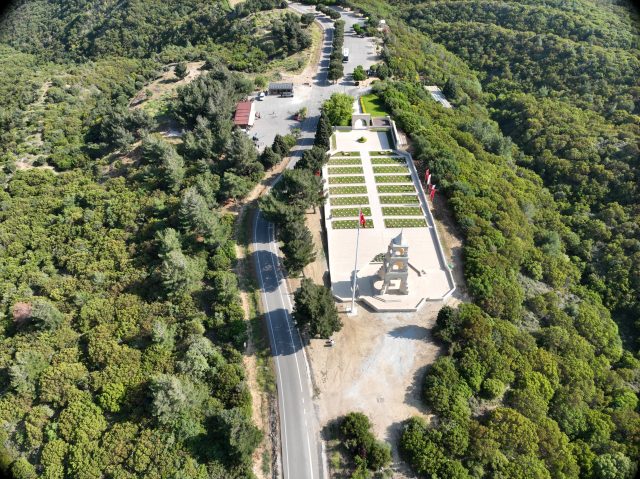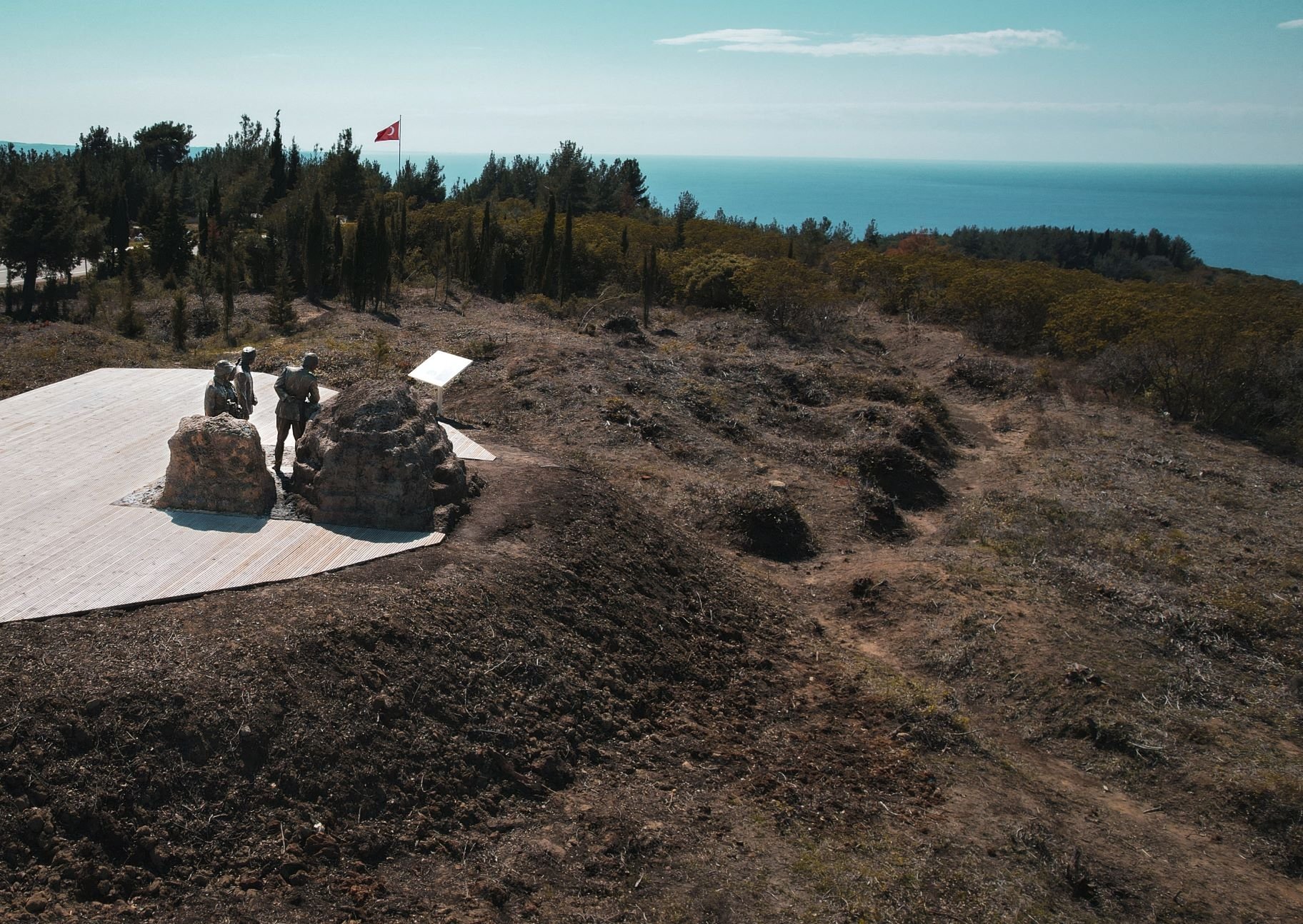An underwater park in Türkiye’s northwestern Çanakkale province featuring war wrecks such as naval vessels and equipment that sank over 100 years ago offers significant potential to boost diving tourism in the region and propel it to a higher level nationwide.
During World War I, areas where naval vessels sank around the Dardanelles and where military ammunition and equipment sank during the Gallipoli campaign landings have been identified and documented. This documentation was conducted to serve diving enthusiasts for sporting purposes, and these areas were opened to diving tourism per the ministry’s approval in 2020.
While the global tourism sector grows by an average of 4%-7% each year, nature and adventure tourism, which includes underwater sports activities, has reached annual growth rates of 20%-30%.
Speaking to Daily Sabah, Directorate of Gallipoli Historic Site President Ismail Kaşdemir said the aim is to offer a cultural and historical experience where diving enthusiasts can dive through the wrecks and immerse in history while enjoying the water.
“The tourism season in our region has expanded to cover from March to December. Our diving area has 22 different spots for diving and covers a 150-kilometer square area. We expect to reach 4.5 million tourists to visit our site by the end of 2024,” Kaşdemir said.
“What makes us a unique site is that all the sites have original wrecks for divers to see.”
In Türkiye diving tourism aimed at cultural and historical wrecks is intensely conducted around the southern and southwestern provinces of Antalya and Muğla, respectively. In some places, even modern vehicles have been submerged to attract diving enthusiasts.
The Dardanelles is an important symbol of Ottoman resilience against Allied forces and its surroundings contain numerous wrecks. It has been an important sea route from ancient times to the present.
Especially during World War I, there were approximately 28 significant ships known by name that sank, including lighters, minesweepers, landing ships and cargo ships, which have been made available to diving enthusiasts as part of tourism efforts.
Wrecks with historical value and human stories will be an important attraction for cultural diving tourism enthusiasts as the first underwater park themed around World War I.
Visitors who do not have the opportunity to dive can also obtain information about the underwater park, wrecks and dives in the exhibition area created at the Mehmetçik Lighthouse.
In addition to diving, the historic area also offers visitors trekking, bicycle and motorcycle routes as well as camping areas.
The Gallipoli historic site is most famously known for World War I cemeteries and memorials for the Turkish and foreign soldiers killed during the Gallipoli Campaign in 1915. At the sites, visitors can walk through trenches, castles, towers and hundreds of remnants of the war. In total, there are graves and memorials of around 250,000 Turkish soldiers, and 250,000 from Australia, New Zealand, England and France.
The Gallipoli Historical Underwater Park, which provides several diving points, formally opened in 2021 and is envisaged as a meeting point for all enthusiasts in the field. The installation of a measurement station that will provide instant information on climate change and pollution in the sea is also underway.
Çanakkale was the setting of an epic battle on the Gallipoli Peninsula during World War I. Although one of the most important marine events of World War I took place in Canakkale, it is known by very few people worldwide.
Underwater experience
The project offers 3D maps and 3D applications designed to depict how the wrecks of the battleships sit at the bottom of the sea.
Hosting 56.7 million visitors last year, Türkiye is largely known for its numerous cultural and historical landmarks and significant archaeological findings. However, underwater tourism, in addition to health care tourism, also serves as a prominent field where the country can look to attract even more tourists.
Mustafa Kemal Path project
The Gallipoli Historic Site also hosts a project that aims to tell the story of Mustafa Kemal Atatürk’s role in the Çanakkale battles.
The project opened the battlefields to visitors and transformed the historical area into an open-air museum by creating visiting routes on the road Atatürk used in land battles starting from his arrival in Çanakkale in line with historical data.
This route will encompass all the points where Atatürk walked from Feb. 25, 1915, when he first set foot in Çanakkale, to the area where he established headquarters, serving as a monumental area for that period of history.





